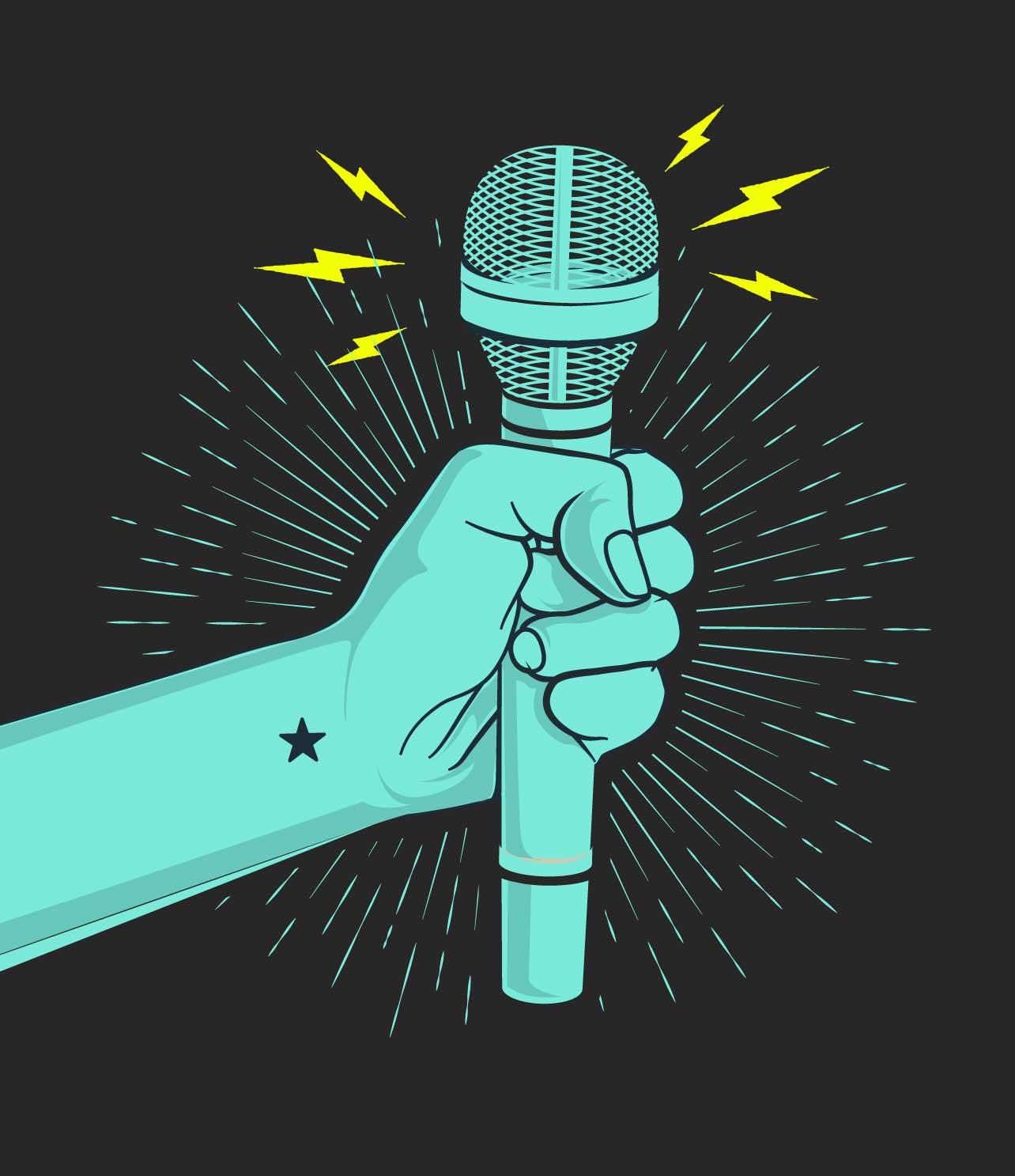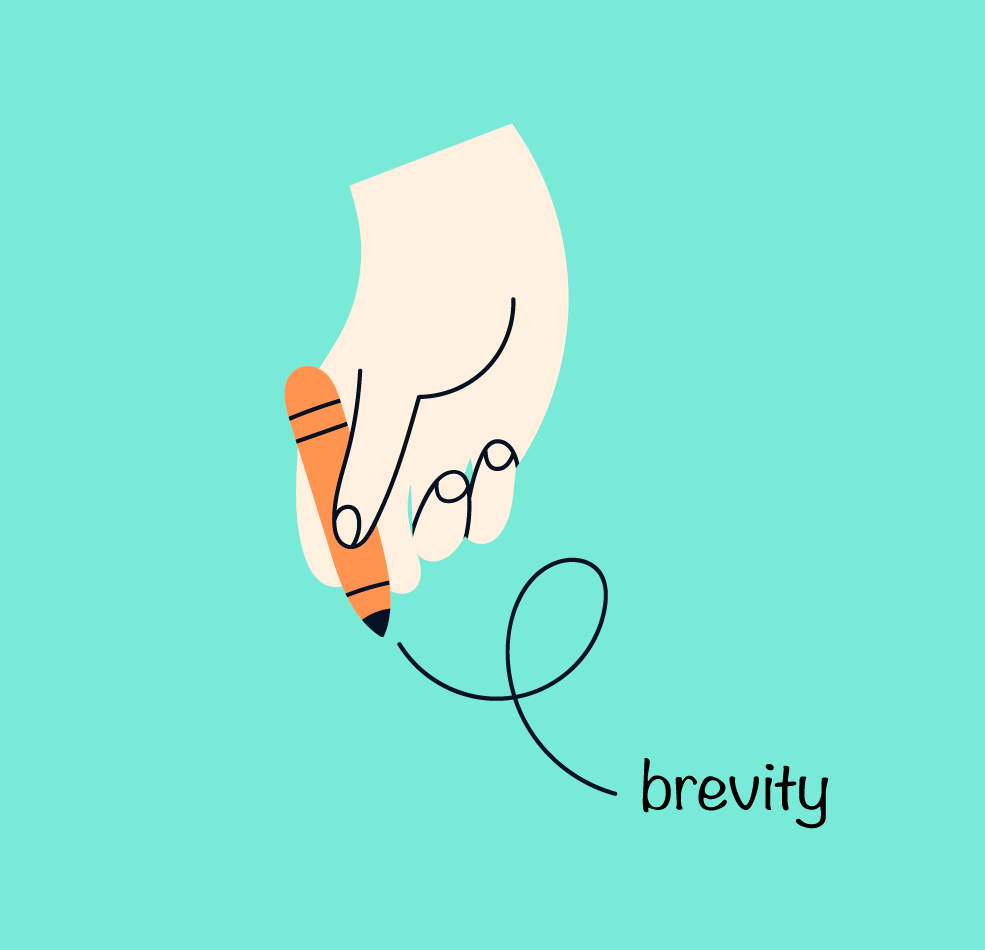Life experience from Robert Peasnell.
Before we get started, I need to confess something. A while ago I took a course in comedy writing and had a crack at writing for TV, and doing stand up. Apart from selling a couple of jokes to a German TV station, it didn’t go well. One novice ‘open mic’ session went OK which built my confidence. However next time I was heckled off the stage and never went back. Stick to the day job, as they say.
But how do comedians build compelling, sometimes very complex stories that truly engage audiences and what’s the learning for employers?
Here’s four techniques from the world of comedy:
1. Stand out
If you’re telling a story to an audience, you’re competing for attention with an ocean of iPhones. You need to give the audience something of you to connect with very rapidly.
People make judgements and form opinions in microseconds. As you amble on stage, the audience is building an opinion from everything they see and hear – how you walk, dress, look at audience etc. Rather like how they start building a view of a potential new employer.
So be conscious of and shape your brand. After all, Bill Bailey & Jimmy Carr have very different personas, but they’re unswervingly consistent to their own brands.
Authenticity and relatability draw the audience in and make them more sympathetic to your character. Same for businesses.
2. Make connections
Comedic writing draws on observing – recognising – the absurdity of everyday life. Bizarre and absurd situations are goldmines for existential and other types of comedy, showcasing human foibles, miscommunications and vices.
Character foibles and weakness are explored and enjoyed – winning sympathy and connection. A person in denial of their weakness is funny.
Your character needs to have, or appear to have, an authentic voice. If the reader doesn’t connect to the tone, the laughs won’t come.
So make sure your corporate writing speaks directly to your audiences’ hopes, fears and wants, as opposed to just your agenda.
3. Break assumptions
When you’re explaining your set up to the audience, they’ll make all kinds of assumptions about the scenario you’re describing – they have to as we all do it every day, because the alternative is to explain everything in an exhausting amount of detail to remove all possible ambiguity.
Comedy lies in shattering those assumptions. An old example of this is “..I just flew in tonight..”. Most people assume the comedian flew on an airline to the venue. But the assumption is broken by the punchline “..my arms are so tired..” [Ed: Groan.]
4. Keeping audiences engaged
Most storytelling is about developing desire and the quest to achieve it.
The Crusades, the Odyssey, Star Wars and Barbie are all about wanting something very badly and going after it.
Comedic writing also shares something in common with mystery/thriller writing: the building of anticipation or suspense. Just when things are going well, comedy writers introduce a left field twist – recognising that unpredictability is fun.
Finally, show don’t tell. Your reader or audience member is intelligent and will lose interest if spoon fed or if the prose is over explained… key placement of comedic words are jewels, whereas trying hard is annoying.
So edit ruthlessly and build a business story that shapes your ambition and use all the tools in the box to maintain engagement.
Remember there’s no difference between a riveted audience and a bored one. They’re both absolutely silent.
Laughter is your signal that the message is getting over.








